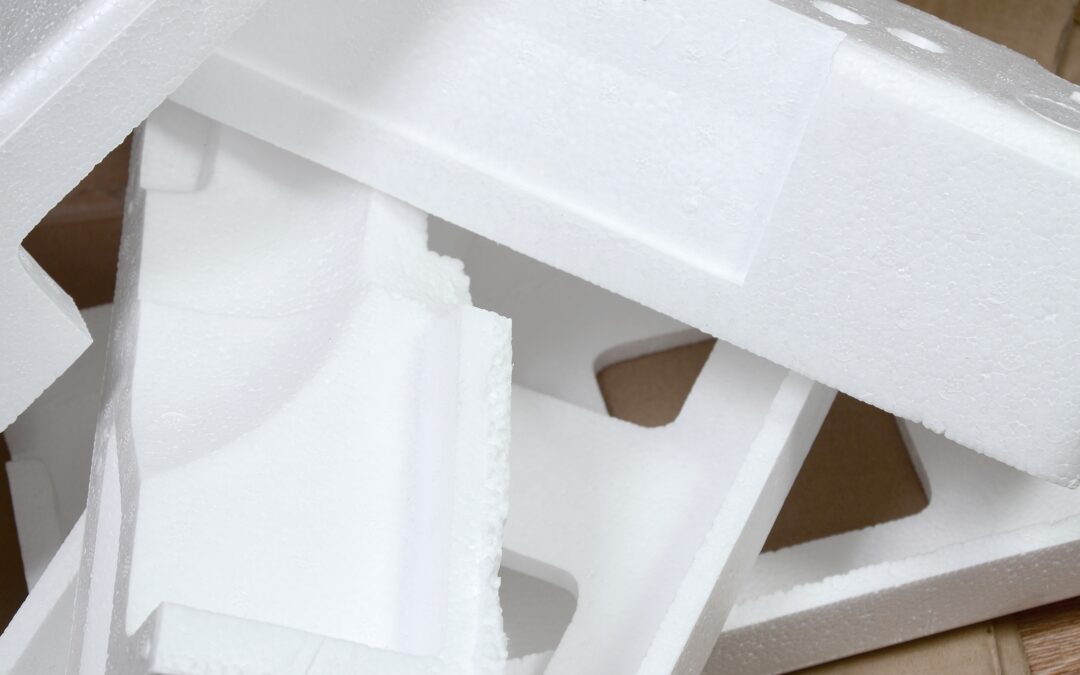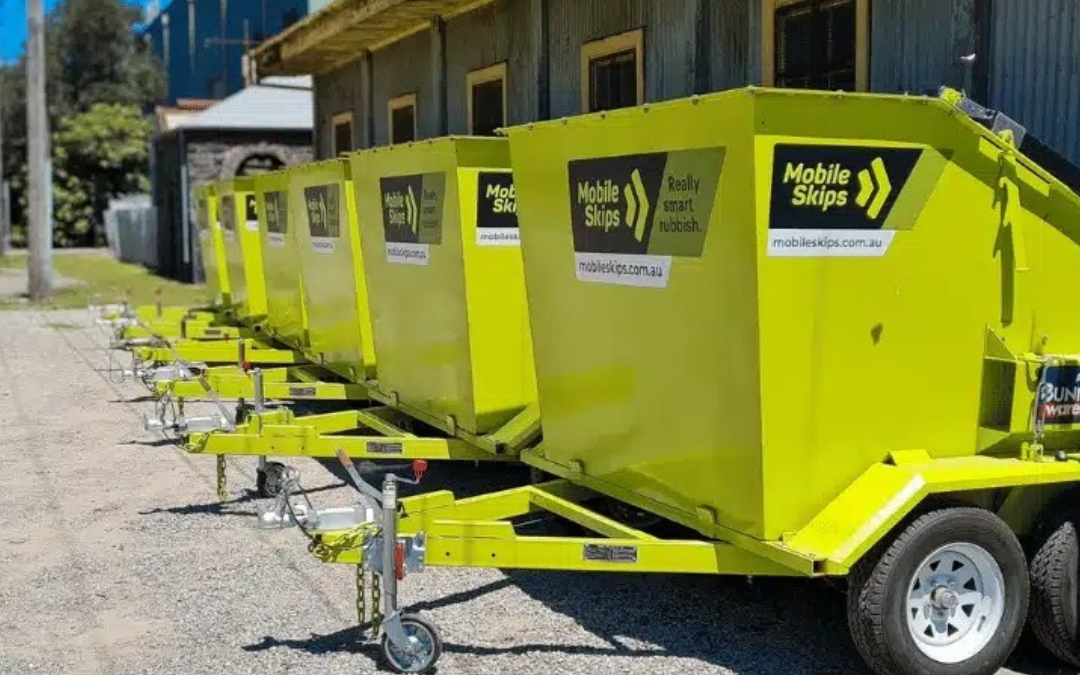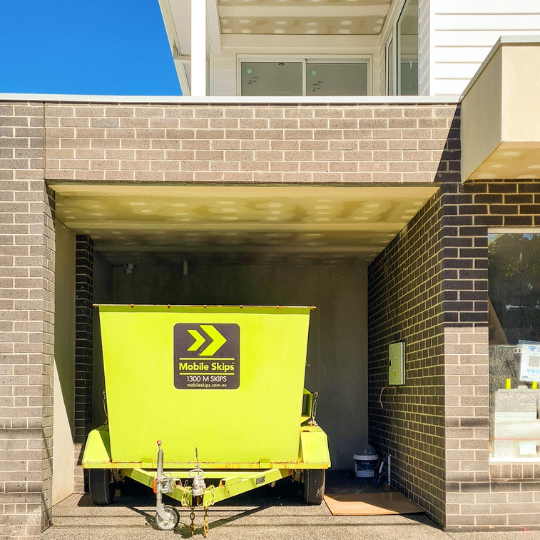Home Waste Disposal Tips
Cutting Down on Waste at Home
Cutting down waste at home isn’t just good for the environment—it can supercharge your garden with rich compost and offers a bunch of other perks too. Here’s your guide to making waste reduction a breeze:
- Ditch Disposables: Use reusable containers for your lunch. Tote your food in reusable bags—bonus points for cloth ones—and bring your favorite drink in a thermos instead of a disposable bottle or carton. The EPA backs this up wholeheartedly (EPA).
- Cut the Bottled Water Habit: Did you know that about 40% of bottled water is just plain tap water? Invest in a solid water filter and a reusable bottle. Glass bottles work wonders, but there are plenty of eco-friendly options out there (One Tree Planted).
- Repurpose Old Clothes: Before tossing those worn-out clothes, think about turning them into cleaning rags. Many thrift stores sell rags made from donations they can’t sell (One Tree Planted).
| Item | Reusable Option | Disposable Alternative |
|---|---|---|
| Lunch Container | Reusable Container | Disposable Container |
| Shopping Bag | Cloth Bag | Plastic Bag |
| Water Bottle | Glass or Steel Bottle | Plastic Bottle |
| Cleaning Cloth | Cloth Rag | Paper Towel |
Giving Away Household Goods
Clearing out your home and donating items is a win-win: it reduces clutter, slashes waste, and helps those in need. Here’s how to get it done:
- Spot the Good Stuff: Sort through your stuff and separate items that are still in good shape but aren’t needed anymore. Check clothes, furniture, kitchen gadgets, and electronics.
- Tap into Local Charities: Seek out local donation spots that take household items. Some places might even pick up big stuff right from your doorstep.
- Think Outside the Donation Box: If items can’t be donated, think if they can be repurposed—like turning old clothes into cleaning rags—or responsibly disposed of (One Tree Planted).
| Donation Center | What They Accept | Contact Info |
|---|---|---|
| Goodwill | Clothes, Furniture, Electronics | (123) 456-7890 |
| Salvation Army | Kitchenware, Clothes, Toys | (098) 765-4321 |
| Local Thrift Stores | Books, Small Appliances, Bulk Rags | (555) 234-5678 |
Follow these tips, and you’ll find your home tidier and your garden thriving. It’s easier than you think!
Handling Hazardous Waste: For a Safer Home and Planet
Taking care of hazardous waste isn’t just good practice—it’s essential for keeping you, your family, and the environment safe. Let’s get down to the nitty-gritty of what counts as hazardous waste and how you can recycle it responsibly.
What’s Considered Hazardous Waste?
Hazardous waste comes in all shapes and forms, from the everyday items under your sink to the electronics you can’t live without. Here’s a quick rundown of the usual suspects:
- Batteries: Whether it’s lead or cadmium, these little guys pack a punch of harmful chemicals.
- Cleaning Agents: Your go-to cleaners could be packing toxic chemicals. Think bleach and ammonia.
- Paints and Solvents: Often loaded with volatile organic compounds (VOCs); not something you want leeching into the ground.
- Electronics: Gadgets like smartphones, computers, and TVs are a treasure trove of hazardous materials.
| Type of Waste | Examples |
|---|---|
| Batteries | Lead-acid, Nickel-cadmium |
| Cleaning Agents | Bleach, Ammonia |
| Paints and Solvents | Oil-based paints, Acetone |
| Electronics | Smartphones, Laptops |
(EPA)
Recycling Hazardous Waste: Why Bother?
Recycling hazardous waste isn’t just a nice-to-have; it makes a real difference. It reduces the need for new raw materials and slashes the volume of waste that would otherwise end up in an incinerator or landfill. Just make sure you do it safely to avoid any nasty accidents.
Perks of Hazardous Waste Recycling:
- Less Raw Material Use: Recycling materials eases the demand for new resources.
- Smaller Waste Piles: The less waste that ends up in landfills or incinerators, the better.
- Natural Resource Protection: Proper recycling keeps our soil, groundwater, and air cleaner.
| Benefit | What’s in It for You |
|---|---|
| Reduces raw material use | Cuts down on new resource needs |
| Decreases waste volume | Less waste heading to disposal sites |
| Protects natural resources | Keeps soil, groundwater, and air clean |
Recycling isn’t a free-for-all—many communities have special Treatment Storage and Disposal Facilities (TSDFs) to handle the big loads. These guys follow strict rules to make sure hazardous waste doesn’t become an even bigger problem EPA.
Knowing the ins and outs of hazardous waste and recycling helps you make savvy choices. Keep your home safe, your garden green, and your conscience clear.
Smart Waste Management at Home
Taking control of waste management at home doesn’t have to be confusing or overwhelming. Getting to grips with systems for handling waste, especially the hazardous kind, ensures you keep things clean and green, contributing to a better environment and maybe even a flourishing home garden.
Handling Hazardous Waste: TSDFs
Treatment Storage and Disposal Facilities (TSDFs) are the heavyweight champs in managing hazardous waste. These places temporarily store and safely dispose of or treat waste to prevent it from harming the environment (EPA).
| Facility Type | What They Do | Why It Matters |
|---|---|---|
| Treatment | Change waste’s chemical/physical traits | Cuts down toxicity and bulk |
| Storage | Holds waste until ready for next step | Keeps dangerous stuff out of reach |
| Disposal | Deals with waste once and for all | Uses landfills, incineration, etc. |
The RCRA: Your Waste Handbook
The Resource Conservation and Recovery Act (RCRA) of 1976 is like the rulebook for handling hazardous waste from start to finish or “cradle to grave” (EPA). These rules help make sure waste is managed properly to avoid environmental disasters.
RCRA covers all the bases:
- Creating Waste: Guidelines for identifying and handling hazardous stuff right from the start.
- Transport: Safe ways to move hazardous waste that won’t wreck anything on the way.
- Storage & Disposal: Laws to ensure temporary solutions don’t become permanent problems.
Knowing the ropes here can help you manage your home waste smartly, paving the way for a greener garden and a healthier planet.
Home Decluttering
Expert Decluttering Tips
Yeah, decluttering sounds overwhelming, right? But guess what? With some pro tips, you can turn your home and garden into a Zen-like paradise without losing your sanity. Let’s break it down:
- Set Clear Goals: Decide which rooms or areas need the most TLC. Take it one room at a time.
- Categorize Junk: Make piles for what to keep, donate, sell, or chuck in the bin.
- Four-Box Trick: Grab four boxes—label them “Keep,” “Donate,” “Trash,” and “Relocate.” Easy peasy.
- Tiny Wins: Start with a small space like a drawer or a closet. Small wins keep you motivated.
- Keep It Tidy: Regularly check back on those decluttered spots to keep ’em neat.
Want more tips on creating a clutter-free haven? Check out Mobile Skips.
Simplifying Your Living Space
Simplifying your home kind of goes hand in hand with decluttering. Here’s how to make your place clutter-free and stress-free:
- Think Minimalist: Less stuff equals less mess. Try adopting a “less is more” mindset.
- Cut Back on Duplicates: Do you really need four spatulas? Keep just one or two of each item type.
- Smart Furniture: Pick multi-purpose furniture that helps save space.
- Regular Declutter: Make it a habit to sort through your stuff now and then.
- Smart Storage: Use storage solutions that actually work for your space.
Tidying up your home can seriously reduce stress and give you a peaceful living space. Need more? Swing by Mobile Skips.
Home Decluttering Data
| Tips | Description |
|---|---|
| Set Clear Goals | Tackle specific areas one by one. |
| Categorize Junk | Keep, donate, sell, or toss. |
| Four-Box Trick | Sort stuff into “Keep,” “Donate,” “Trash,” and “Relocate” boxes. |
| Tiny Wins | Start with a small area for quick successes. |
| Keep It Tidy | Revisit cleaned up areas to maintain order. |
| Think Minimalist | Go for the “less is more” philosophy. |
| Cut Back on Duplicates | Keep only what you really need. |
| Smart Furniture | Use functional furniture to save space. |
| Regular Declutter | Make periodic decluttering a routine. |
| Smart Storage | Choose effective storage solutions. |
Put these tips into action to enjoy a cleaner, less stressful home. Get more clever ideas at Mobile Skips.
Smart Recycling Tips for Your Home
Nailing home waste disposal can make a huge impact on how much trash your household churns out. Let’s break down how to recycle paper and plastic easily.
Getting Started with Paper Recycling
Paper recycling’s a no-brainer for managing home waste. In 2018, folks in the U.S. recycled about 68% of their paper, which helps save trees and loads of natural resources (EPA).
| Paper Type | Recycling Rate (%) |
|---|---|
| Cardboard | 89.5 |
| Newspapers | 63.2 |
| Office Paper | 47.4 |
| Mixed Paper | 68 |
Quick Tips for Better Paper Recycling:
- Sort It Out: Keep cardboard, newspapers, office paper, and mixed paper in separate piles.
- Keep It Clean: Make sure the paper isn’t stained with food or grease.
- Squash It Down: Flatten those cardboard boxes and bundle up your newspapers to maximize bin space.
Nailing your paper recycling game means fewer trees chopped down and a whole lot less garbage in landfills.
Tackling Plastic Recycling
Plastics are everywhere, and in 2018, the U.S. churned out over 35 million tons of the stuff but only recycled 8.7%. Not all plastics make it to the recycling plant, so it’s key to know what your community accepts (EPA).
| Plastic Type | Examples | Recyclability |
|---|---|---|
| PET | Water bottles, food containers | High |
| HDPE | Milk jugs, shampoo bottles | Widely accepted |
| PVC | Plumbing pipes, clear food packaging | Rarely recyclable |
| LDPE | Plastic bags, bread bags | Limited |
| PP | Bottle caps, straws | Depends on location |
| PS | Styrofoam, disposable cutlery | Limited |
Pro Tips for Plastic Recycling:
- Know Your Place: Different towns have different rules. Check local guidelines.
- Scrub and Dry: Wash off food gunk and dry before recycling.
- Say No to Contaminants: Ditch non-recyclable plastics and items with food waste.
By sticking to these tips, you’ll reduce the plastic your home sends to the dump and help keep our planet a little greener.
So, keep these tricks in mind when you’re sorting your recyclables, and enjoy a cleaner, more eco-friendly home. Happy recycling!
Green Up Your Life: Easy Eco-Friendly Swaps
Swift moves towards a greener lifestyle not only help nature but can make your garden the envy of the neighborhood. Two game-changers: swapping single-use stuff for reusables and diving into composting.
Say Bye-Bye to Single-Use: Reusables Rock
Switching to reusable items is a no-brainer for cutting down waste. Ditch the disposable for things you can use over and over. Here are some ideas to get you started:
- Shopping Bags: Go for cotton or those sturdy non-woven polypropylene ones (UNEP)
- Bottles and Cups: Choose reusable plastic or stainless steel options (UNEP)
- Tableware: Pick out durable plastic or stainless steel (UNEP)
- Menstrual Products: Try out silicone menstrual cups (UNEP)
- Diapers: Go old school with cloth diapers (UNEP)
Switching to these options not only slashes waste, but sets a green example for everyone around you.
| Product Type | Reusable Alternative |
|---|---|
| Shopping Bags | Cotton, Non-Woven Polypropylene |
| Bottles & Cups | Reusable Plastic, Stainless Steel |
| Tableware | Durable Plastic, Stainless Steel |
| Menstrual Products | Silicone Menstrual Cups |
| Diapers | Cloth Diapers |
Composting: Turn Trash into Garden Gold
Composting is the garden’s best friend. Turn your kitchen scraps and yard waste into nutrient-rich compost. It reduces landfill waste and boosts your soil’s health, which ends up giving you a better garden.
What’s so great about composting?
- Less Waste: Keeps kitchen scraps and garden clippings out of landfills.
- Better Soil: Adds crucial nutrients to your soil.
- Healthier Plants: Creates a prime environment for plant growth.
- Boosts Biodiversity: Attracts helpful bugs and microorganisms.
To get started, mix green (nitrogen-rich) and brown (carbon-rich) materials:
| Green Materials | Brown Materials |
|---|---|
| Fruit and Veggie Scraps | Dried Leaves |
| Coffee Grounds | Straw |
| Grass Clippings | Paper Scraps |
| Tea Bags | Wood Chips |
Managing your waste wisely and composting can enrich your soil, creating a thriving garden that’s as good for the Earth as it is for the eyes. Upcycling waste into garden gold is a win all around.





